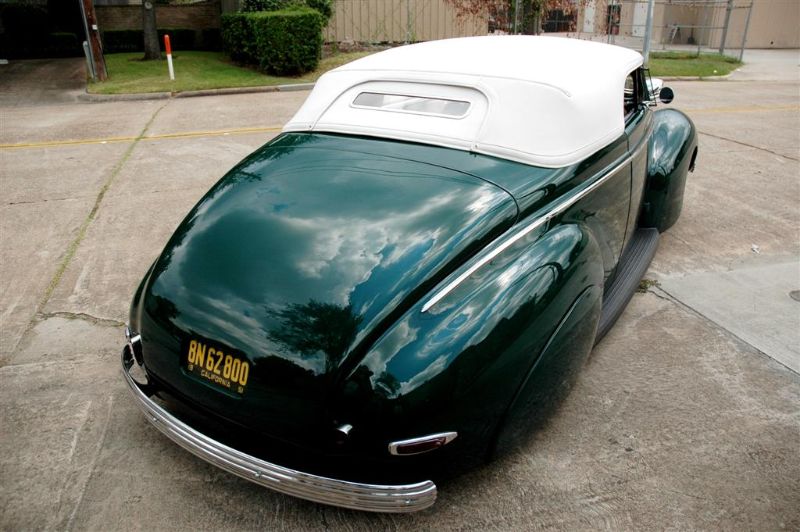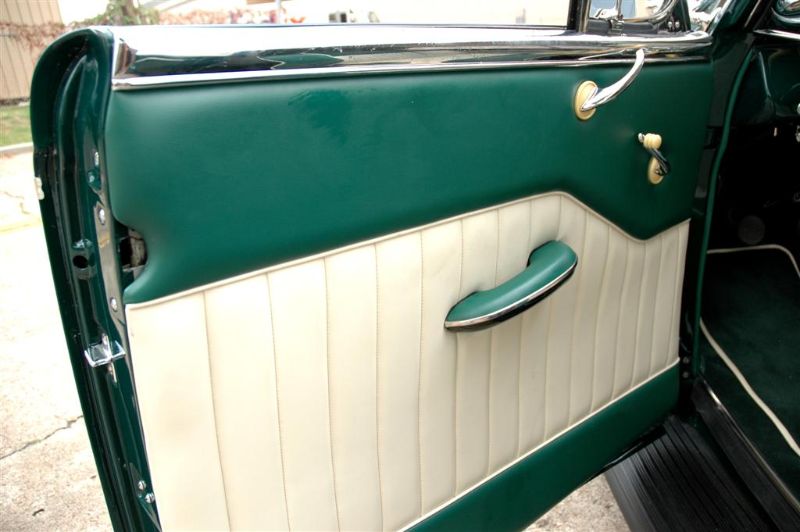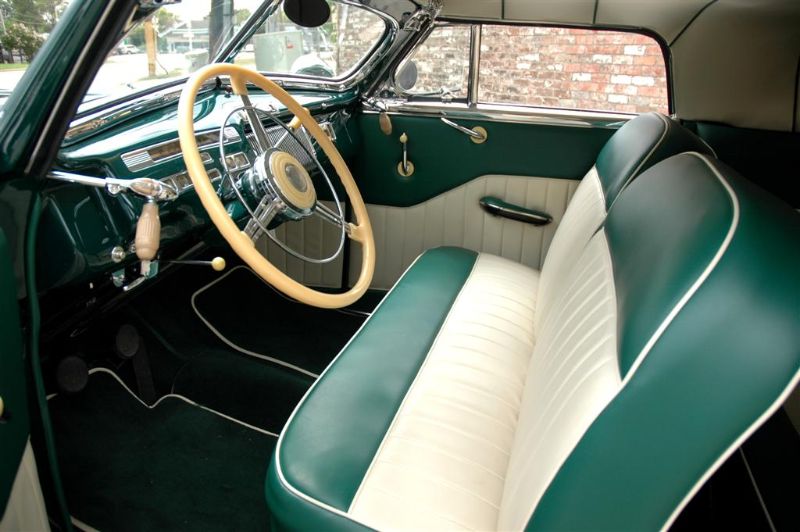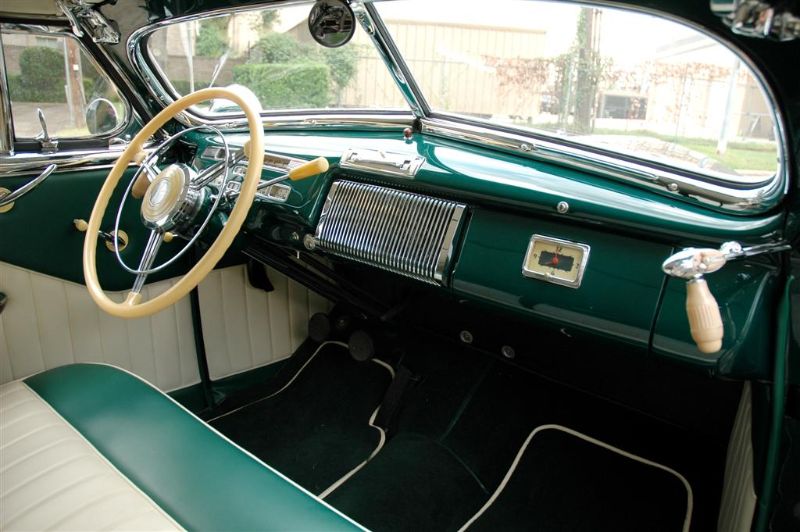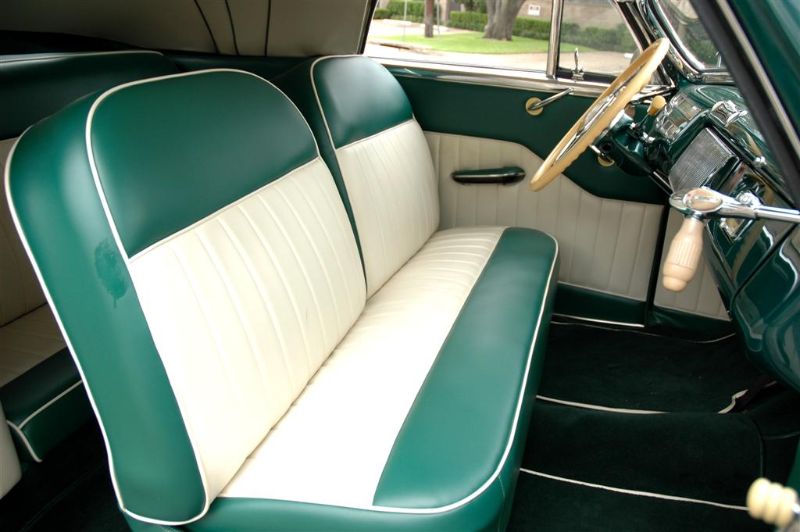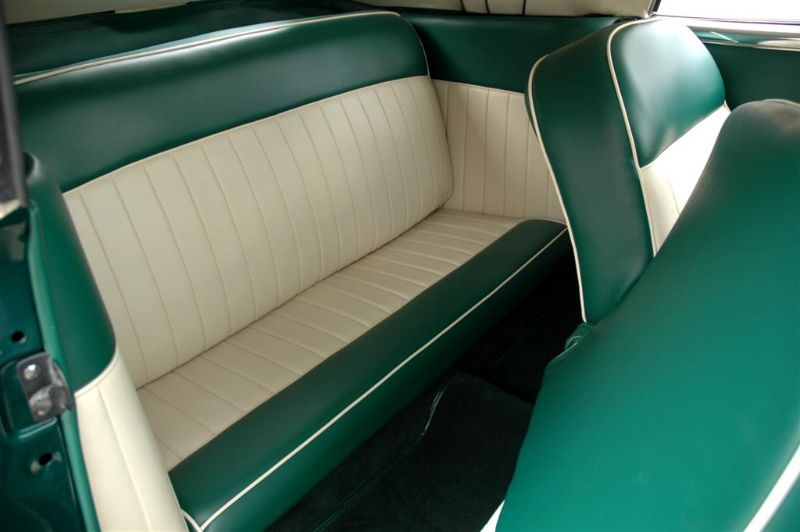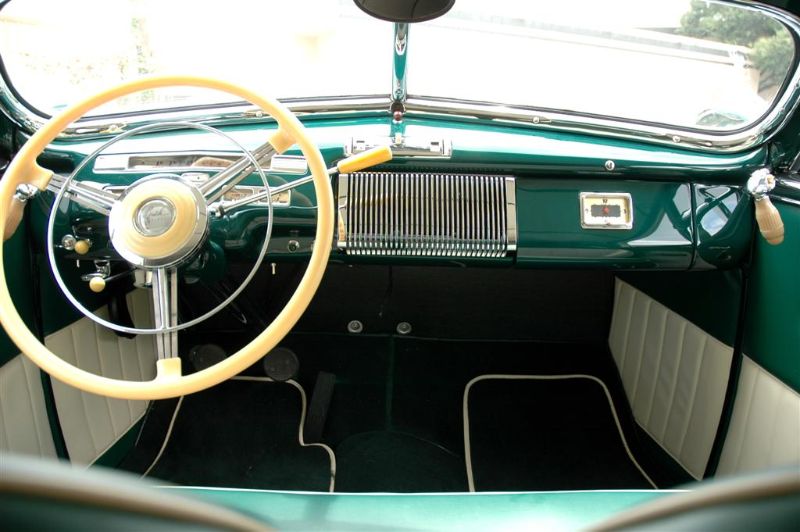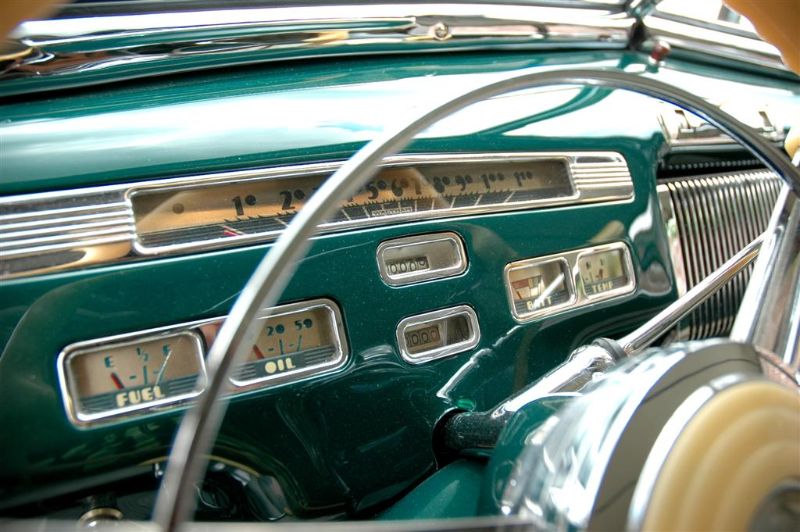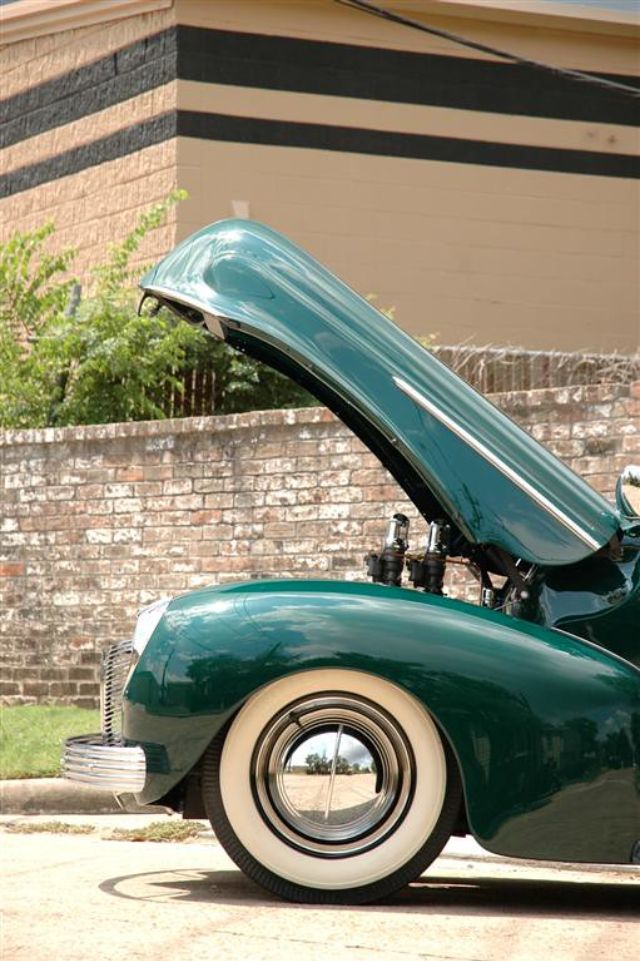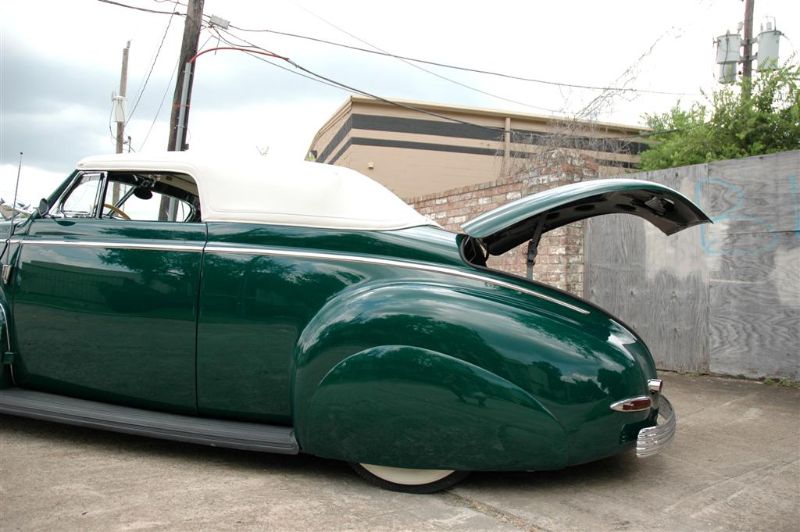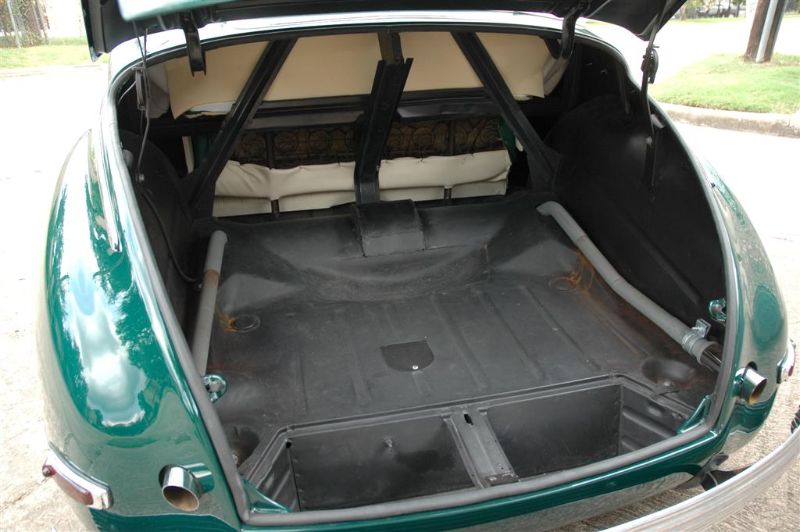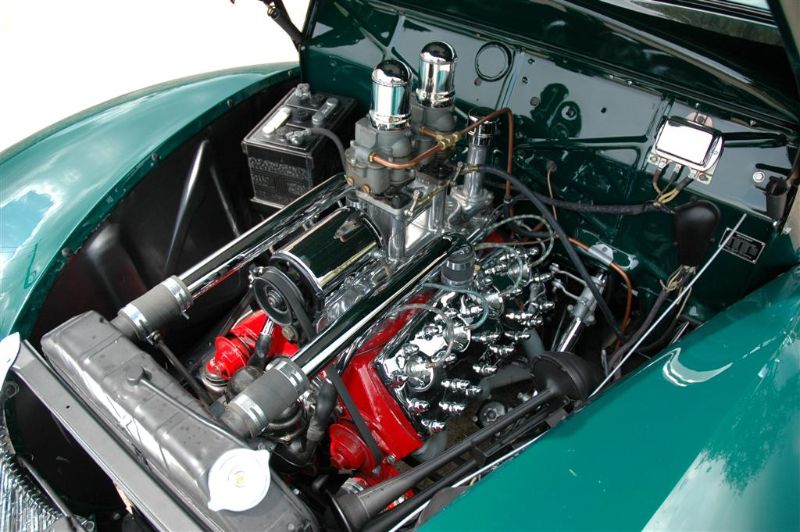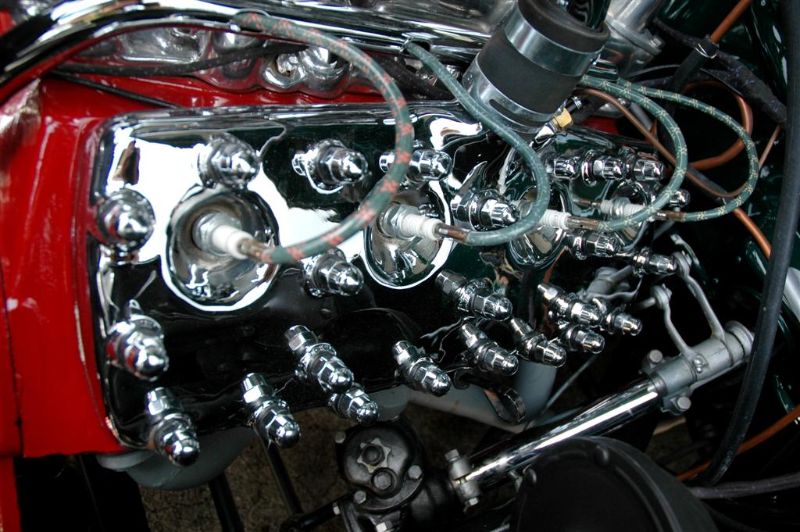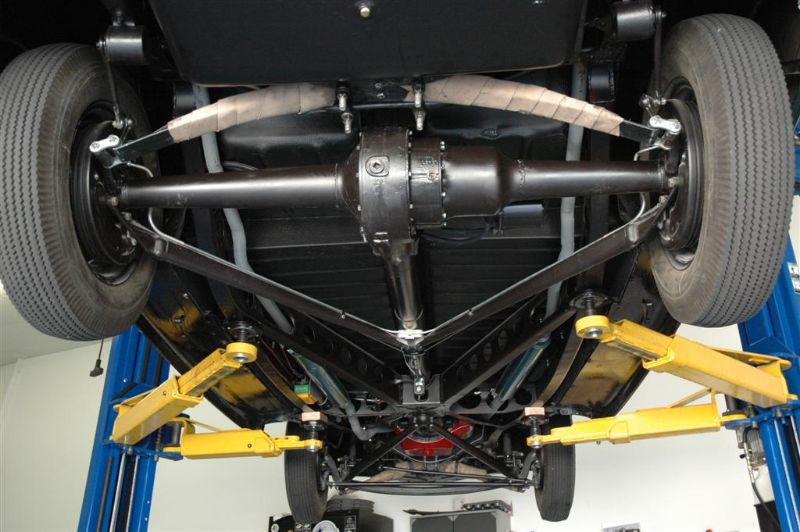Customizing the 1940 Mercury: A Classic Car with Endless Possibilities
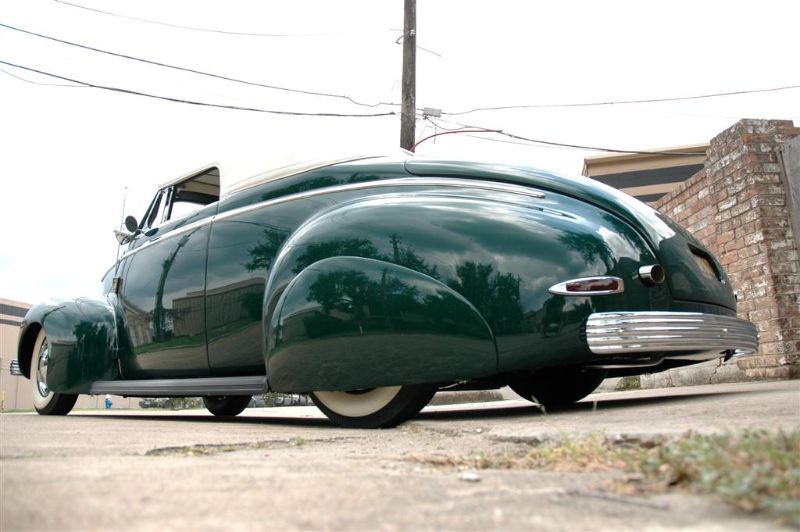
The 1940 Mercury is a classic car that has been widely appreciated for its unique design and customization potential. Introduced by Ford Motor Co. in 1939, the Mercury was positioned between the low-priced Ford V-8 and the luxurious Lincoln Zephyr V-12, filling the gap in the market for a mid-range vehicle.
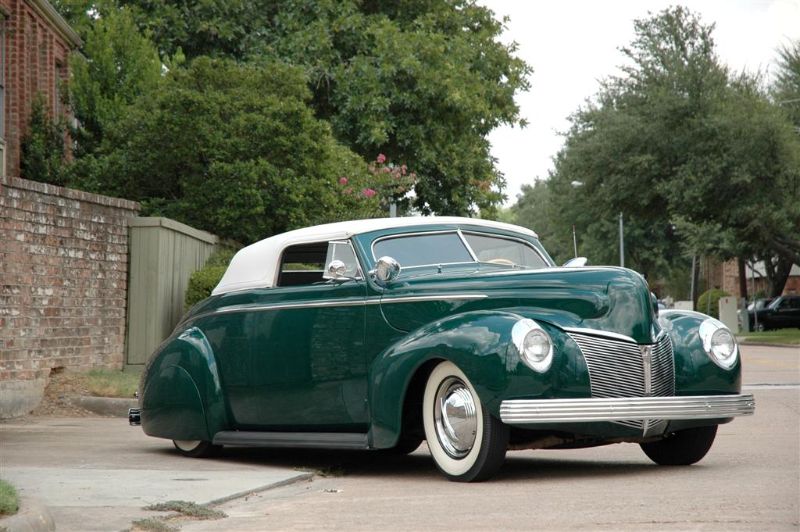
The 1940 Mercury has a muscularly bulbous design that lends itself well to customization. During the early 1940s, many custom touches were added to the car, including ’37 DeSoto ‘ripple’ bumpers, ’41 Studebaker taillights, teardrop skirts, and ‘flipper’ hubcaps. The car’s unusual above-the-bumper dual exhausts and dual Appleton spotlights were also popular customizations of the time.
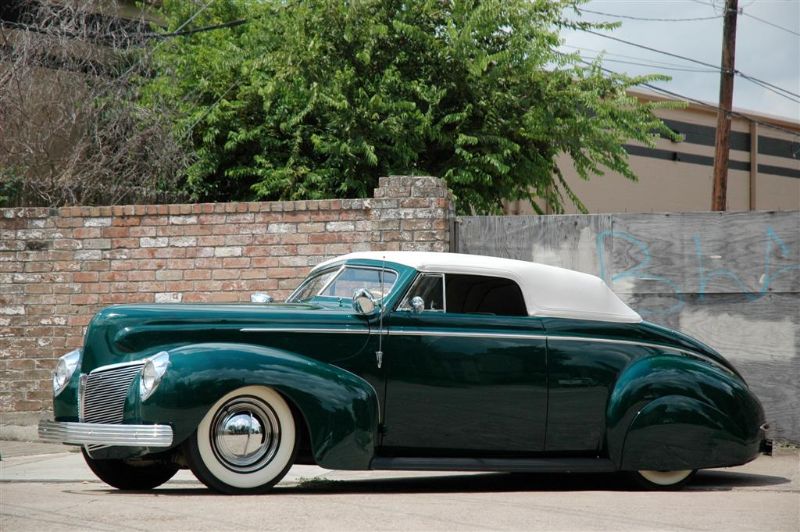
One of the most significant modifications made to the 1940 Mercury was to the engine. The car’s 1940 flat-head V-8 block was bored and stroked to 276 cubic inches, with the ported and relieved engine running an Isky 3/4 cam. Other modifications included the addition of chromed cylinder heads, a Weiand dual-carb setup, and a modified Lincoln-Zephyr V-12 dual-coil ignition, which were all popular speed equipment of the time.
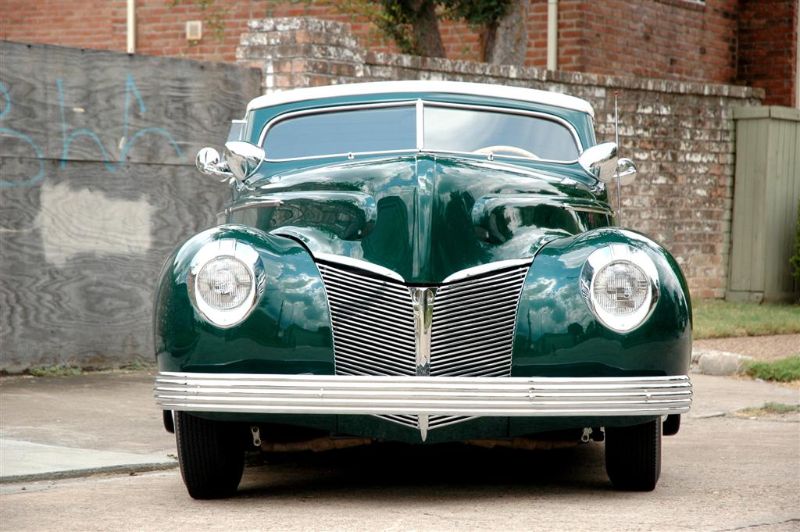
To enhance the car’s driving experience, the Merc’s three-speed manual transmission was modified with Zephyr gears and a Zephyr two-speed overdrive rear axle. The frame was “C’d” over the rear axle, while a Zephyr hypoid differential allowed the car to sit lower without reshaping the factory-shape driveshaft tunnel. Zephyr self-energizing hydraulic brakes provided stopping power.
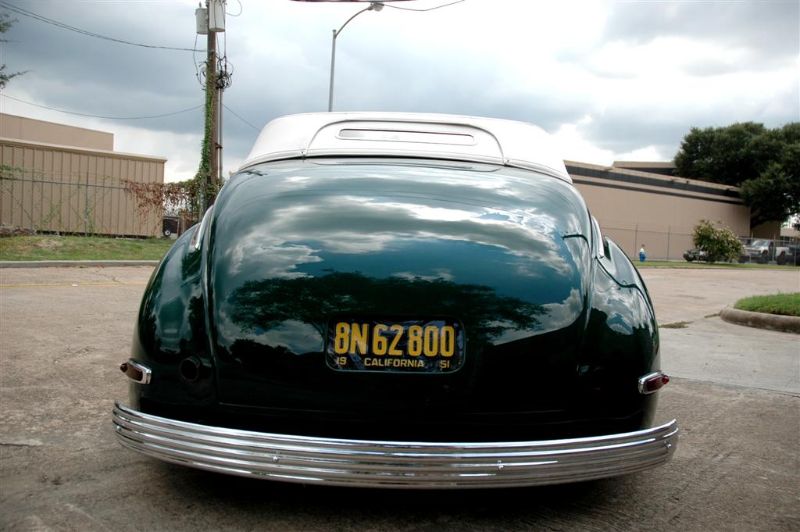
All of these period modifications made the 1940 Mercury a very nice driving car that could cruise comfortably at highway speeds. While the car has since become a collectible classic, its design and customization potential continue to inspire car enthusiasts today.
